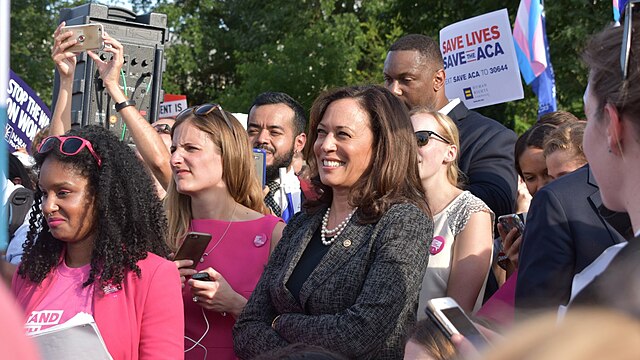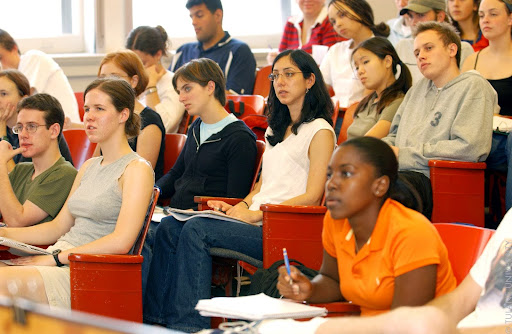President Barack Obama’s State of the Union speech underlined the importance of America’s prosperity and the importance of rebuilding a thriving middle class. Among the many proposals he made that Tuesday night is an arrangement to expand preschool to include children from low- and moderate-income families. His plan, which would make high-quality programs available to all children, would cost as much as $10 billion a year; nearly one-tenth of the entire federal education budget.
Supporters of the plan are hopeful that it will help level the playing field for lower-income children who do not have the advantages of education at home. However, critics are concerned with the amount of federal money that would be used, especially if the plan turns out to be ineffective.
I believe that a system that will provide preschool access to all children will be very effective. According to the National Institute for Early Education Research, only five states have a stated objective of offering preschool to all 4-year-olds.
Twenty-eight percent of all 4-year-olds are in government subsidized preschool.
What about the 72 percent of children who are not in these programs?
As a person with autism, I was required to have different types of therapy starting at age two and was set to benefit from early education.
However, my parents, who both earn low to moderate income, were unable to place me into a high-quality preschool that wealthier children were able to attend. It was either send me to the local public elementary school as a half-time student in special education class or send me to a special school for disabled children.
My parents chose the former, resulting in me becoming the youngest child enrolled at my elementary school at age three.
Some children in my position are not as lucky as I was.
At the Nina Nicks Joseph Child Development Center — one of the state-financed sites — in Mobile, Alabama, there is a class of 18 students, most of who come from low-income families. The children are expected to prepare for kindergarten and beyond through letter and number games, science experiments and writing, while still having plenty of time to paint, sing or play dress-up.
Imagine if all American children had the opportunity for preschool of this structure. Imagine if less fortunate families who cannot afford to provide their children with the tools they need to prepare for school could actually send them to preschool.
Tina Adair, the lead teacher at Nina Nicks and former middle school teacher points out the difference when students have had academic preparation from an early age.
“As fast-paced as our public school system is right now, any little advantage that they can get is a bonus,” said Adair to The New York Times
Research done by James J. Heckman at the University of Chicago and others has proven that universal access to preschool leads to reduced crime rates, lower dropout rates and eventual higher incomes among those who do attend preschool.
Critics say the federal government has already attempted a national program with Head Start. However, the truth of the matter is that Head Start is a program with “inconsistent standards” that provides lower pay for teachers.
“When I hear people say, ‘We’ve tried to replicate high-quality preschool programs and it hasn’t worked,’ I always stop and say, ‘We haven’t yet tried … because we haven’t yet tried to pay preschool teachers the same we’re paying our K–12 teachers,’” said Lisa Guernsey, director of early education at the New America Foundation to The New York Times.
If we invest in Obama’s plan or a similar plan, all children will be able to be on an equal playing field. If American policy-makers decide to put their squabbles behind them and invest in Obama’s plan (or a similar plan) for the future of our children, America will prosper under the new generation.





